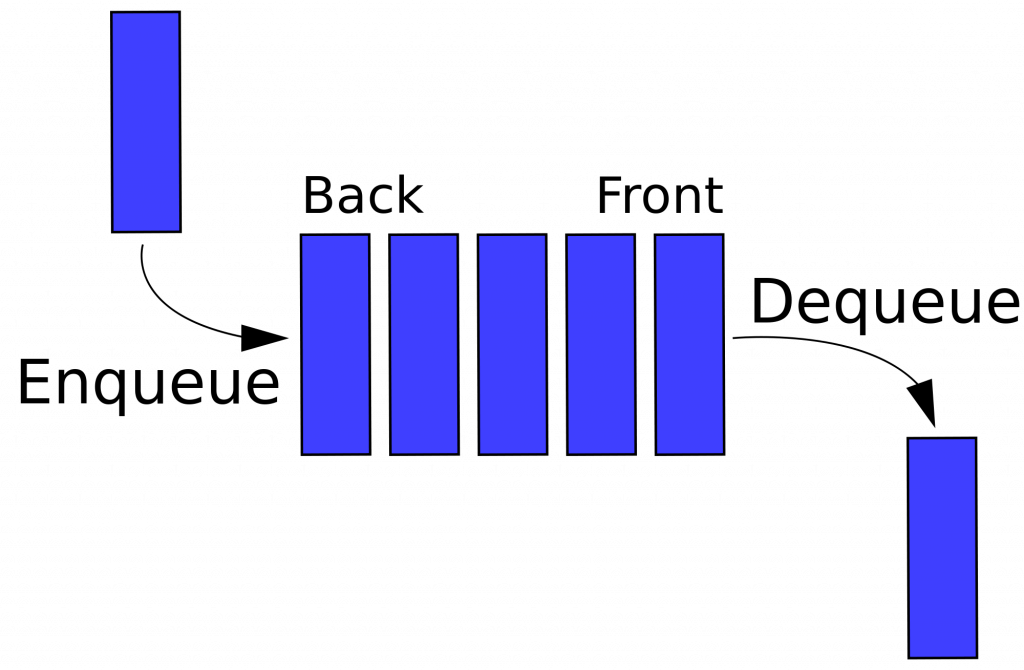Sometimes the only thing that stops you from completing your assignment is the absence of a good sample to follow – fortunately, we are here to solve this problem. Check out our new C++ queue example to get an idea of how such tasks should be done. We wish to remind you that copying any information from our blog without proper references indicating the source is prohibited, since it will be considered as a violation of the author’s rights. In case you need help with your programming assignment, you can always place an order, and our experts will create a high-quality sample assignment for you.
After you fill in the short form in the upper right corner of the page, you will be taken to a longer one, where you need to specify details of your assignment and upload additional files if they are needed. Then you will be asked to choose an expert that you like the most from those who placed their bid beneath your order. You can check each expert’s rating and feedback from previous customers on their profiles. You can ask any questions and inform your expert about changes in the directions via a live chat while he or she is working on your C++ queue example. We know how to make programming easy with 24/7 help with C++ homework!
Hello! In this guide, I want to tell you about one of the most widely used data structures in C++. This is a type called queue.
The queue is a data structure organized on the principle of FIFO (first in – first out). We can compare it with the array of the element – the difference is just in capabilities. It looks like this:
Let’s try to create one! We will fill it with a huge number and then output it on the screen:
So, first we need to create a data structure:
struct number {
int value;
number *next;
}
The difference between the queue and the stack is that we should allocate the memory for the first element from the beginning:
number *top, *p, *first; // create pointers
top = new number; // allocate the memory for the first element
top->next = NULL; // now it’s the last one too, so the pointer to the next element is NULL
file >> top->value; // read the data from the text file
first = top; // save the address of the first element
do {
p = new number; // allocate memory for the new element
p->next = NULL; // since it’s the last now, the next element is NULL
file >> p->value; // read the data from the text file
top->next = p; // attach the new element to the previous
top = p; // move the second pointer
} while (top->value); // repeat the cycle until the file is over
In this way we have filled our queue with the data from the file. Now let’s try to output it:
top = first; // choose the first element
top = first; // choose the first element
do {
cout << top->value; // output the data
top = top->next; // move to the next element
} while (top != NULL); // repeat the cycle until the text file is over
Now we are able to create a dynamic data structure called queue, read from the text file, and output it.
Thanks for the attention!

